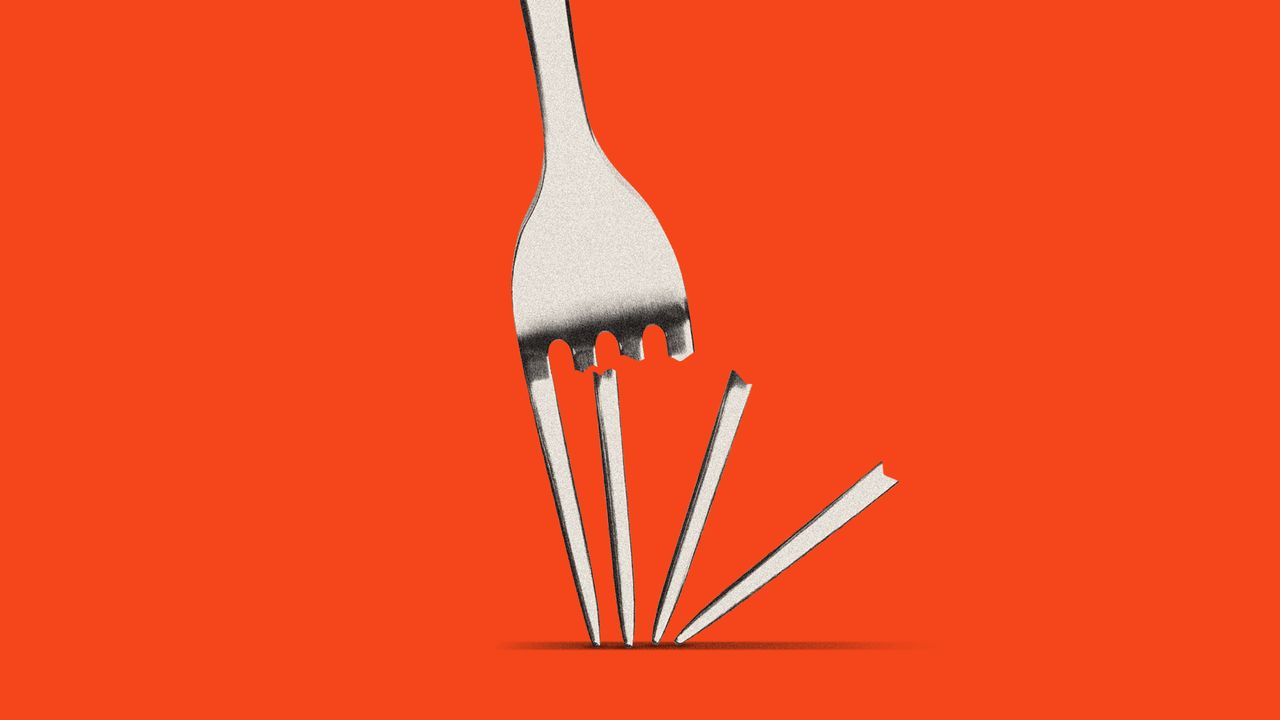- Posted On:2024-10-29 17:10
-
365 Views
Why are America's restaurant chains going bankrupt?
In much of America, a night out with the family has often meant a meal at TGI Fridays or Red Lobster. But those once-popular restaurant chains — and a few others — now find themselves struggling.
Big chains this year will "declare the most bankruptcies in decades," said The Wall Street Journal. Among the list of battered restaurants: Red Lobster, Buca di Beppo, Hawkers Asian Street Food, Tijuana Flats and Roti. (TGI Fridays is also reportedly approaching bankruptcy, while Denny’s is planning to close 150 restaurants.) Same-store restaurant sales are down by 3.3% from last year. There isn't any single reason. "You have the Covid hangover, labor costs," said one executive. Some families have "pulled back on dining out," said the Journal. But business decisions have also played a role. "High interest rates have hurt companies that gave priority to growth over profit."
Red Lobster's May bankruptcy was the "most spectacular restaurant collapse of 2024," Alex Wolf said at Bloomberg Law. But it's far from alone. Restaurants up and down the spectrum have "struggled to adapt to changing consumer behavior," including a big shift from dine-in to delivery. Inflation has also played a role: "Even fast food brands are deploying value meal deals" to bring customers back, Wolf said. The trend may deepen. "There's an impending bust that's on the way," said one consultant.
For working-class families, a trip to Red Lobster once meant "you were big time and about to eat well," Kristal Dixon said at Axios. That was especially true for people who grew up in small towns, where the options were "fast food restaurants, home-cooked meals, or hole-in-the-wall local joints." Red Lobster doesn't provide quite the same sense of wonder these days: On a recent visit, the restaurant's Cheddar Bay Biscuits were "smaller and a little flatter than what I remember," Dixon said. But the disappearance of Red Lobster and similar restaurants will leave some diners with "fewer opportunities to expand their culinary palates."
Chains like Wingstop and Chipotle are still bringing in customers "in droves," Jonathan Maze said at Restaurant Business. That's a sign the current glut of bankruptcies has a lot to do with bad business decision-making. When the industry was growing, chains would compete with each other for real estate, driving up lease prices. That put many restaurants "behind the eight ball from the get-go." Other brands "took on too much debt to fuel their growth," Maze said. The pandemic brought those mistakes to the forefront. The restaurant chains struggling now are often "victims of their own overly-aggressive growth."
What next?
"Experts don’t see the headwinds ending anytime soon," said QSR, a website that covers the restaurant industry. "I think it’s just going to be a 'put your head down and grind it out' type of process," said Christopher Desiderio, a lawyer who works on national and regional corporate bankruptcies. Bankruptcy courts can't force people to come back to post-Covid business districts to revive the now-disappeared lunchtime crowds. But they can help restaurant chains deal with "burdensome leases" or debt problems. More restaurant operators will have to think in these terms. "Margins are getting thinner," Desiderio said, "things are getting more difficult."

